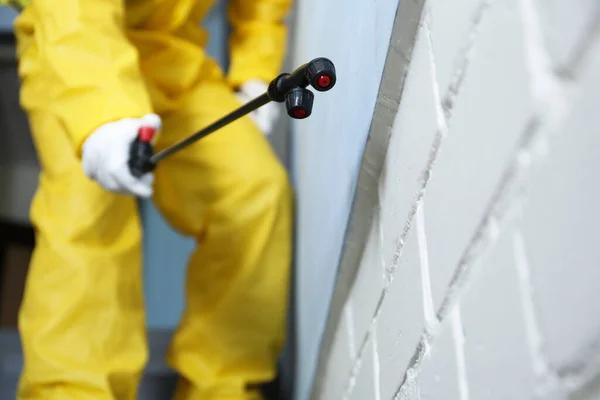Asbestos remains a significant health hazard in many older buildings across London, necessitating precise and reliable testing methods to ensure safety. Advanced asbestos testing techniques have evolved considerably, providing accurate detection and assessment that help manage risks effectively. These modern approaches are critical for property owners, contractors, and public health officials aiming to maintain safe environments during renovations or demolitions.
One of the most prominent advancements in asbestos testing involves the use of polarized light microscopy (PLM). This technique allows analysts to identify asbestos fibers based on their optical properties. PLM is widely regarded as a standard method due to its ability to distinguish asbestos from other mineral fibers accurately. However, it has limitations when dealing with very fine particles or low concentrations of asbestos.
To overcome these challenges, electron microscopy methods such as scanning electron microscopy (SEM) and transmission electron microscopy (TEM) have become increasingly popular in London’s laboratories. SEM provides detailed images by scanning samples with an electron beam, revealing fiber morphology at high magnification. TEM goes further by transmitting electrons through ultra-thin samples, enabling identification at the nanoscale level. These sophisticated tools allow for more sensitive detection of asbestos fibers even when present in trace amounts.
In addition to microscopic analysis, advanced chemical techniques like energy-dispersive X-ray spectroscopy (EDS) complement imaging methods by determining the elemental composition of suspected materials. This combination ensures that non-asbestos fibers are not misidentified as hazardous substances, reducing false positives and enhancing overall accuracy.
Sampling strategies also play a crucial role in effective asbestos management. Modern procedures emphasize systematic sampling plans tailored to specific building types and conditions found throughout London’s diverse urban landscape. Risk-based assessments guide where samples should be taken-whether from insulation materials, floor tiles, roofing sheets or textured paints-to maximize detection probability while minimizing unnecessary disruption.
Laboratories accredited under UKAS standards ensure that all testing follows rigorous quality controls consistent with national regulations such as Control of Asbestos Regulations 2012 (CAR 2012). These protocols guarantee reliability and legal compliance during both commercial surveys and residential inspections.
Furthermore, digital reporting systems integrated into laboratory workflows expedite result dissemination while maintaining data integrity. Clients benefit from clear interpretations supported by expert commentary on recommended safety measures or remediation steps if asbestos presence is confirmed.
Overall, advanced asbestos testing techniques employed across London combine cutting-edge technology with stringent procedural frameworks. This synergy enhances public safety by providing precise information necessary for informed decision-making about building maintenance and renovation projects involving potential asbestos-containing materials. Through continuous innovation and adherence to best practices, these methods remain vital components in managing one of the city’s enduring environmental health concerns effectively.

